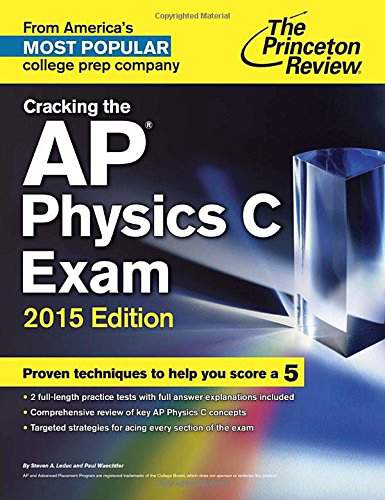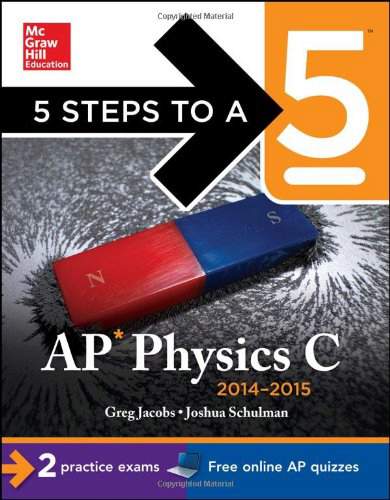Click video to play

For more information, please see full course syllabus of AP Physics C: Mechanics
AP Physics C: Mechanics Torque
Torque is very easy to think about in the real-world—if you’re using a wrench to undo a bolt, is it easier to hold the wrench at the end with the bolt or the end that’s farther away? The point that’s farther away has a way of cutting the work you need to do the farther away you are, and how much easier is related to the torque had at each end. Torque is incredibly useful in transitioning between linear and rotational motion, and has a great deal of applications (a car, being one of the most common). The basic concept of torque is that the farther away you are from a point of rotation, the easier it will be to rotate the object about that point. Torque is another of the big parts of rotational motion, and we’re only getting deeper with each lesson.
Share this knowledge with your friends!
Copy & Paste this embed code into your website’s HTML
Please ensure that your website editor is in text mode when you paste the code.(In Wordpress, the mode button is on the top right corner.)
- - Allow users to view the embedded video in full-size.













































1 answer
Wed Dec 20, 2017 6:05 AM
Post by James Glass on December 20, 2017
Hello, for the see-saw problem, how would angular acceleration be determined if the see-saw was not in equilibrium ... for example if the fulcrum was in the center of the board would I = I(cm) + M(tortoise)R^2 + M(hare)R^2 be used?
1 answer
Mon Jan 4, 2016 2:28 PM
Post by Shehryar Khursheed on January 4, 2016
Will angular acceleration always be in the same direction as the net torque, similar to how linear acceleration is always in the same direction as the net force?
3 answers
Fri Sep 18, 2015 4:25 PM
Post by Parth Shorey on September 18, 2015
Is it possible that net force is zero but the net torque is not ?
1 answer
Wed Sep 16, 2015 4:51 AM
Post by Parth Shorey on September 15, 2015
I still don't understand the see saw question? How do you know what formula to apply?
1 answer
Thu Apr 9, 2015 6:02 AM
Post by Micheal Bingham on April 8, 2015
Wonderful Lecture! I have a question concerning example II. I get a little bit confused to where I place my angles when problem-solving, how do we know what angle in our vector component triangle equals to 45? I drew transversal lines and concluded the angle adjacent to the right angle equates to 45.
1 answer
Fri Mar 20, 2015 6:55 PM
Post by Mohsin Alibrahim on March 20, 2015
Professor Fullerton
In example 7, how did you determine that the force 1kg is in the middle ?
1 answer
Thu Nov 6, 2014 10:37 AM
Post by Scott Beck on November 6, 2014
Do you mean torque for thumb in the third bullet point on the slide about "Finding Direction Using the Right-Hand Rule"